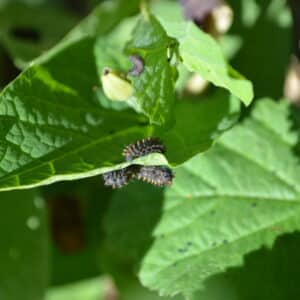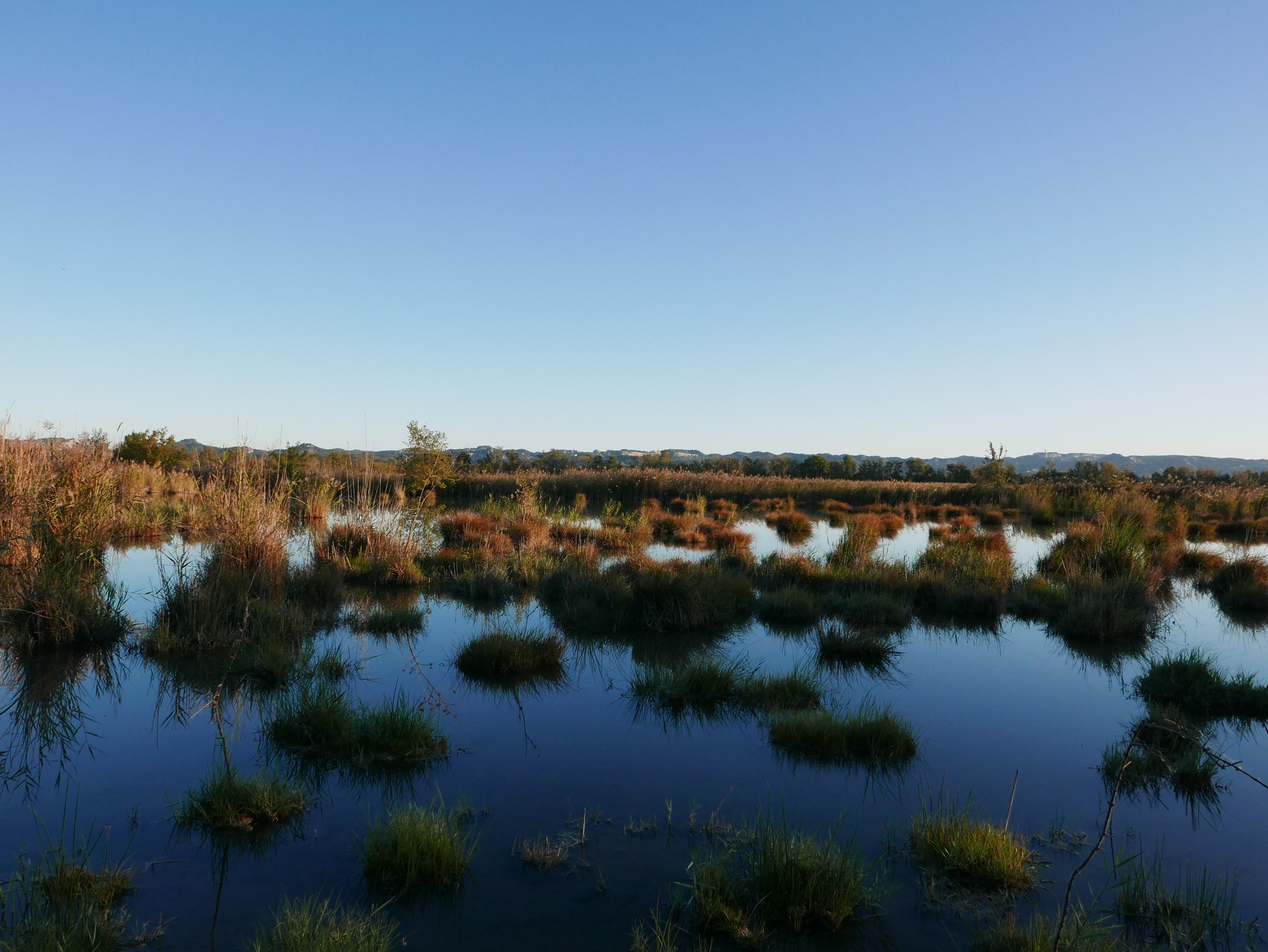Conservation of Diane
A Rocha France has been helping to save the Diane for over 10 years through its study and conservation program. Find out more about our actions and how you too can contribute!
Found around the Mediterranean, the Diana is a butterfly with pale yellow wings marked with black shapes and a few red and blue dots. Its name comes from Greco-Roman mythology: Diana, sister of Apollo, is the goddess of the hunt. Modest in size (4 to 5 cm wingspan), the Diana flies from mid-March to the end of May. This species is highly vulnerable, as the caterpillars’ diet is based exclusively on one plant, Aristolochia, which is only found in specific territories.
A long-standing friendship with Aristoloche
The Diana and its host plant, the Aristolochia, form an emblematic pair in Mediterranean wetlands.
Aristolochia is a 20-60 cm-high perennial that thrives on stream banks and grassy ditches. Its leaves are smooth, rounded and heart-shaped. This plant is known as the Diane’s host plant, as it is essential to the butterfly’s life cycle. It is under the leaves of this plant that female Diane lay their eggs. The caterpillars then seek refuge in the flowers and feed on the leaves. Aristolochia contains a highly toxic compound that protects it from herbivores. The Diana resists these harmful substances, but also takes advantage of them. The caterpillars accumulate the toxic substance and become inconsumable, as do the adult butterflies, which warn predators of their toxicity by the bright colors of their wings.

Diane’s caterpillars on an Aristoloche plant
(@Marie Pfund)
An endangered species
The diane is classified as a protected species in France. The distribution of this butterfly is very local, and linked to the distribution of its host plant, the Aristolochia, making its protection all the more targeted. Aristolochia habitat can be threatened by urbanization, drainage of wetlands, expansion of agricultural land or intensive brush clearance.
The Diane is a pollinator and prey for other animal species. Its disappearance would therefore have an impact on many other animal and plant species. This butterfly, like all animals, is part of God’s marvellous creation, and we are called upon to take care of it!
What A Rocha France does
Two populations of Diane (Zerynthia polyxena) are present on two sites managed by the A Rocha France association within the Baux marshes in southern France.
Since 2012, the Diane has been the subject of annual population monitoring within the marshes of Les Baux, a wetland located south of the Alpilles massif in Provence. The aim of this monitoring is to learn about the dynamics of Diane populations and the possible effect of the management actions implemented. The two present populations are regularly monitored using a census protocol based on the Capture, Marking and Recapture (CMR) of individuals. This monitoring is carried out under the terms of an administrative derogation authorizing capture. These Diane populations are also subject to specific management, with the implementation of late mowing to encourage the development of Aristoloches, the Diane’s host plant, while limiting the risk of destroying individuals (caterpillars).
The management plan implemented in 2012 recommends mowing the vegetation during the Dianas’ hibernation period to open up the site without harming the individuals present. The aim here is to increase the Aristolochia population and thus maintain or even expand the habitat favorable to the Dianes, in order to extend its range. As part of this management plan, several monitoring programs were set up to track populations and evaluate the management implemented. In particular, Aristolochia was to be monitored by counting the number of plants in quadrats distributed according to the management plan.
Working together for Diane
The Mas Mireille

To the south of the Alpilles, the Vallée des Baux is home to two populations of Diane that are monitored by the Mas Mireille scientific team.
Photo : @ Marie Pfund
